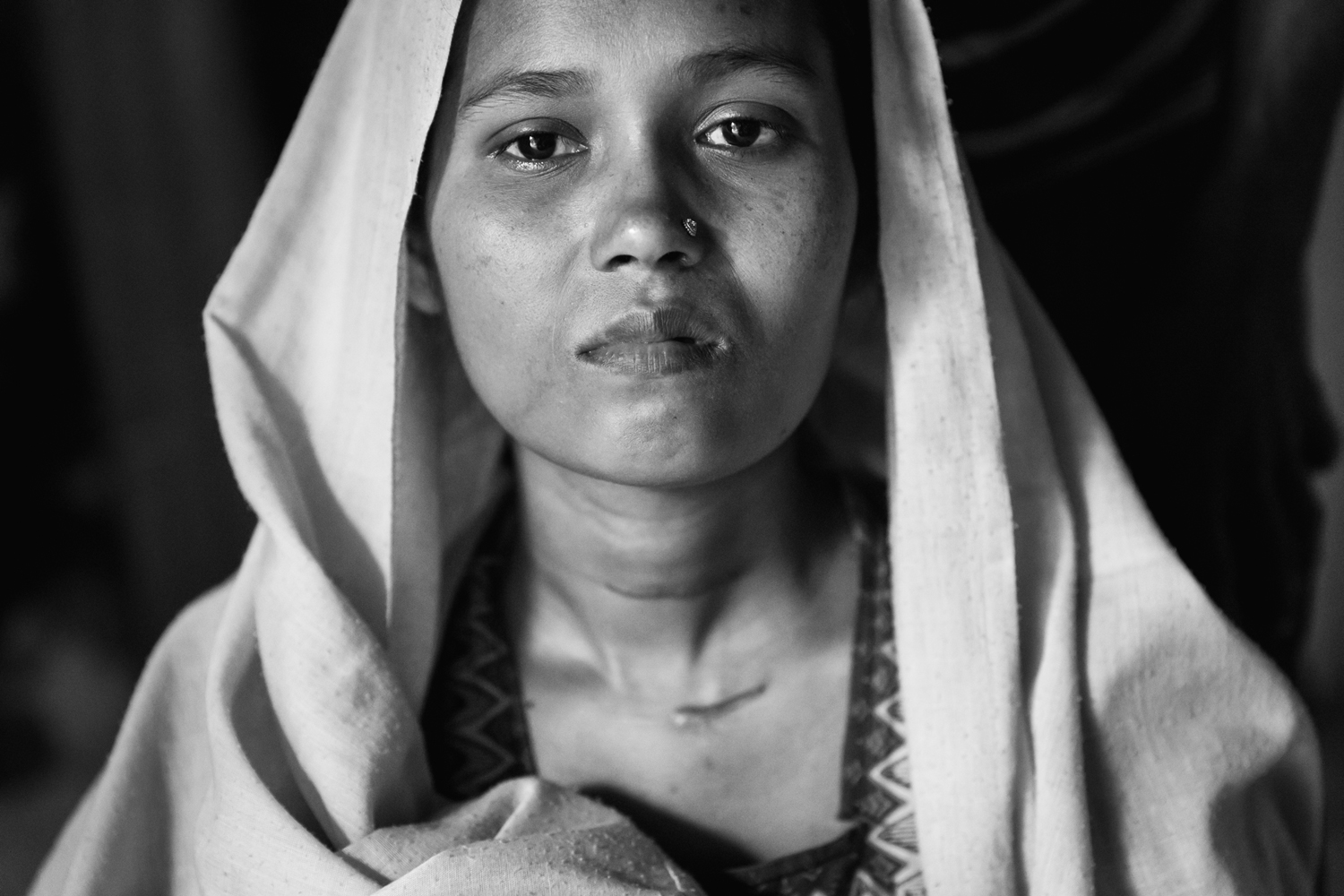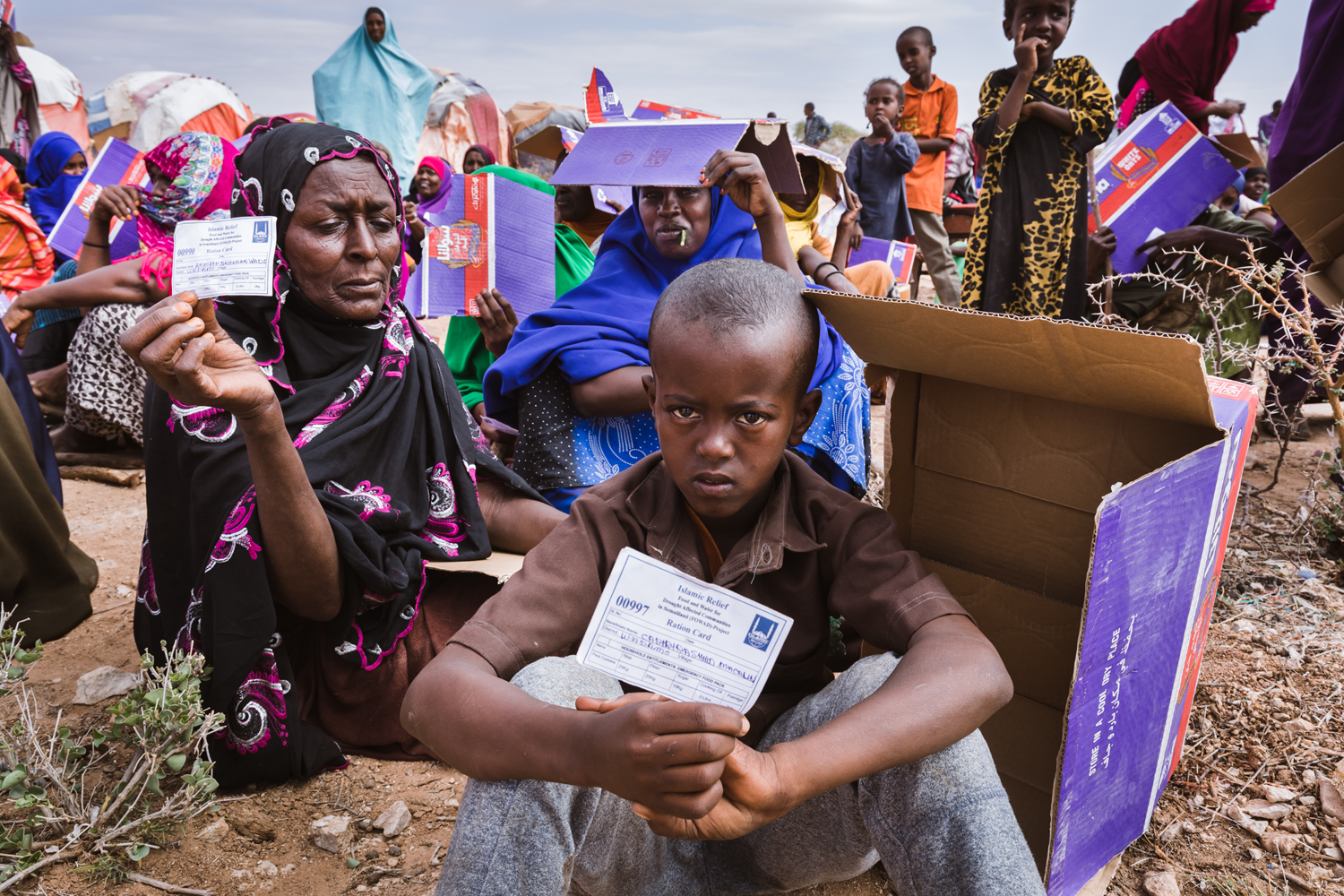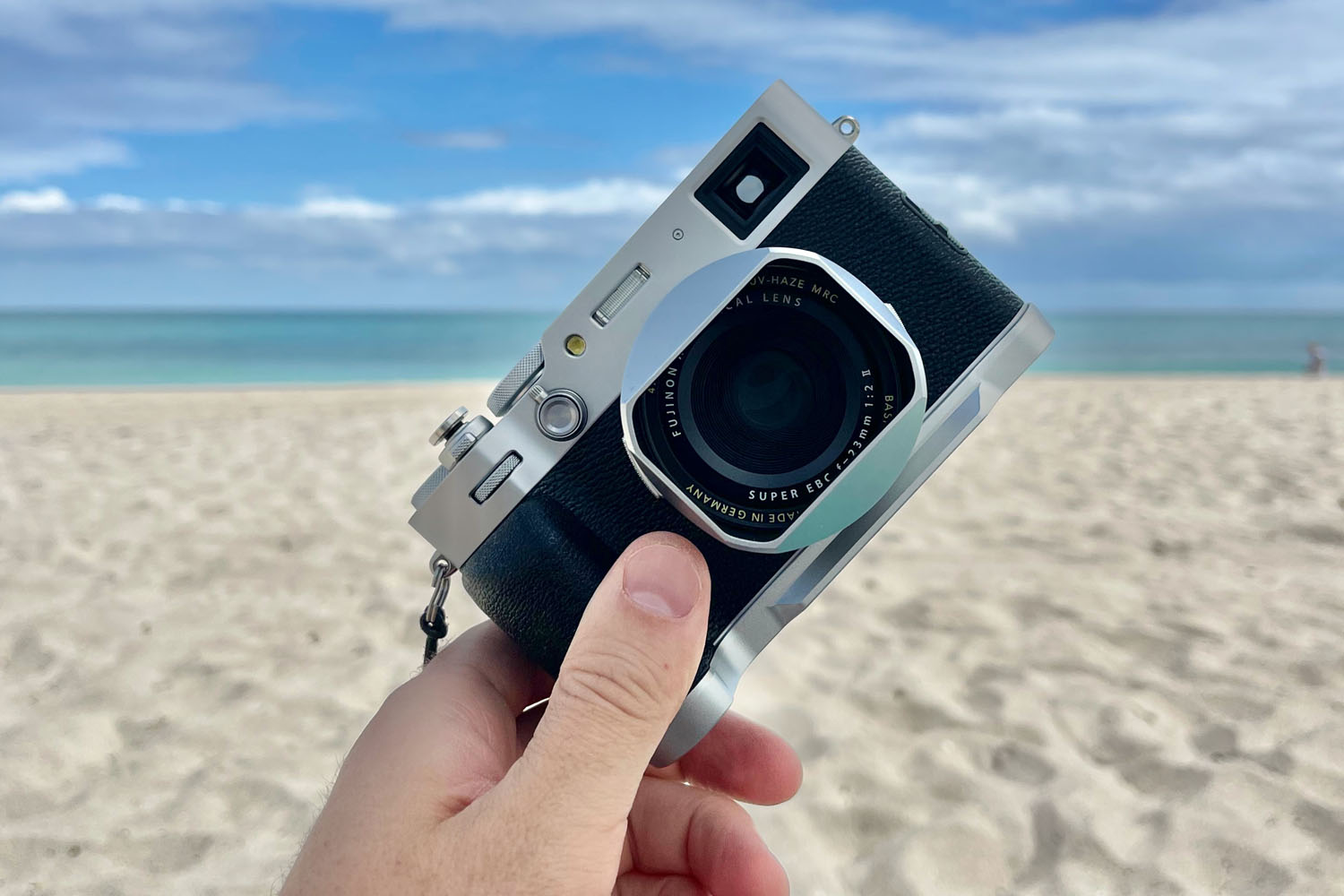The Untold Stories
Thank you David for accepting this invitation for an interview. Could you please start by introducing yourself to our readers?
I am from Belgium where I studied photography in the beginning of the nineties. Since 1993 I have lived abroad and I am presently based in Budapest. Although dedicating all my time to documentary photography for the past 6 years, I have also been working for international organisations and the EU in conflict and post-conflict environments between 1994 and 2013.


Could we say that your career as a reportage photographer started back in 1990/91 with your series from Romania?
If not career because I was a first year photography student at that time, definitely the will and desire to witness historical events unfolding. Romania and the unfolding revolution of 1989/90 was the trigger. With 4 other first year students we decided to sit in a car and drive from Brussels to Bucharest to go make images.
After this first time, I returned another 4 times between 1990 and 1991. In 1993 I did an assignment in Romania for MSF-Belgium (Doctors Without Borders) and that’s how I came in contact with Humanitarian organisations and their operations.


What was it like to work in this area back in the 1990s? At that time, access to information was certainly not as easy as it is today. What major differences do you find from your current workflow, in aspects as simple as researching on the subject that you are going to photograph?
Access to information was certainly different but I would say that the information available was usually of much much higher quality and reliability than what is available now. Also in the field it was very easy to share information and costs with colleagues and even work together. Nowadays this is much more difficult despite the abundance of information and image access, fixers, and the industry surrounding journalism.



By looking at the stories on your website, we quickly realize that you are very criterious about the projects you embrace. But when you dedicate yourself to a story, you totally commit yourself to it, not being satisfied with a more superficial approach. What is your selection process for a new story and what leads you to cover ongoing social issues?
Several factors will play but the overriding ones are that ordinary people are central to the story and that it has not attracted (yet) the attention of mainstream media. Indeed, access and receptiveness of the concerned communities are equally crucial.


You have covered post-war situations, hunger and extreme poverty. In any of those places, have you ever thought about quitting and going home?
As photographers or journalists not living in those places, even if it can happen that we stay really long, we have usually always the luxury of the choice to leave at any time for whatever reason. On the other hand the people that help us and tell their story they usually do not have this choice of leaving. Even though this reflection is fully legitimate it is much better to have it before leaving than once there.


We would now like to place some questions more related to your workflow and equipment that you use. Could we start by asking what you used in the 90’s and what cameras and lenses can we find now in your backpack when you go to a new assignment?
In the nineties I was using Nikon F4 and F801 with a f1.8 50 and 28mm with rolls of HP5+.
Since 2013 I have been using Canon, 5DmkIII (replaced by EOS R) and 5DmkIV and Fujifilm (X100 replaced by X-Pro1, X-Pro1 replaced by X-E3). Fuji lenses: 18mm, 27mm, 18-55mm. Canon lenses: 35mmL f1.4, 50mm f1.4, 35mm f1.8RF, 24-70mm L II f2.8, 70-200mm IS L f4, 16-35mmL f4.
In the Bag always 5DmkIV (or EOS-R) and X-E3 with 18mm and 18-55mm for Fuji and 24-70mm, 16-35mm and 35mm or 50mm for Canon. This is the minimum configuration.

What reasons lead you to use Fuji cameras as a complement to your main Canon equipment?
Because they are very complementary and because I like to have something discreet and light with me.
Do you agree that the small size and discretion of Fuji cameras allow you to make a different type of approach, namely in the most sensitive places and with people less receptive to photojournalists with “more professional” equipment?
Hmmm, maybe. But I would say that eventually it is the photographer’s approach to people that makes the real difference. The camera not that much, except maybe with young children.

To conclude, you would like to leave a few words about the current state of Photojournalism / Documentary Photography and how platforms like Instagram influenced the approach to Photography, more focused on the impact of single image than the story as a whole?
I believe that number of images taken by a much larger number of people has a much greater impact on photography than the diverse distribution platforms. The smartphone with ever better cameras (and image enhancers) is the tool making the fundamental difference from “before”. Nearly everybody owns a smartphone or has one nearby, making it extremely easy to document any sudden event in real time. With widespread social media the distribution of it is furthermore facilitated and accelerated.
Of course, Facebook and Instagram combined with small screen viewing greatly influences the way we look or rather scroll through images. Nevertheless not a reason not to continue to tell stories visually. Eventually if an image or a serie influences only few people that may make a difference, it is better than having the imaged viewed or liked by millions who have already forgotten the image (not to say the narrative) before they scroll or like the next one.


David Verberckt is an independent reportage photographer currently living in Budapest, Hungary. He has studied photography in Brussels and afterwards studied International Development in France. After exhibiting his first documentary reportages in the early nineties, David has turned to the aid agencies and has spent twenty years working worldwide in humanitarian emergency and development. In early 2013, David left the international organisations to work as a professional photographer, full-time. His interest is to document and work close with people whose destinies are marred by social and political injustices, often living in deprived societies affected by latent or bygone conflicts. To contribute to the social responsibility and awareness and bring forth the changes to ameliorate the fate of the people whose life has been on the verge of existence, David aims to show the under-told stories to wider audiences.




